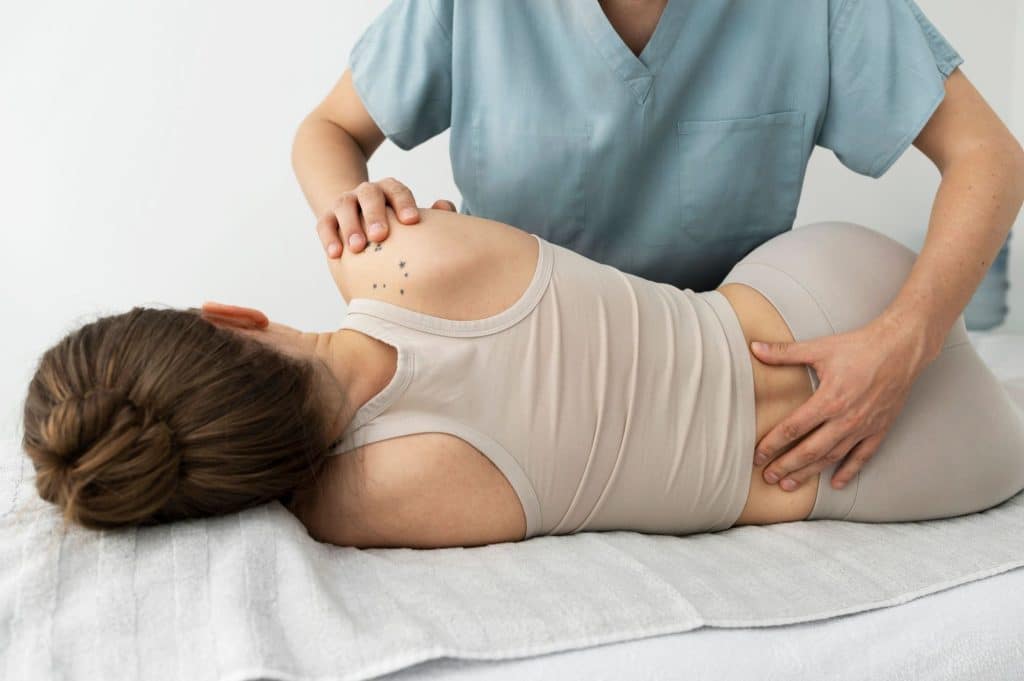What Is A PSP?
But what exactly is a certified primary spine practitioner (PSP) and how can a PSP better manage spine-related disorders (SRDs)?

By Dr. Alexander Elahi
The impetus for the creation of PSPs arose from the rapidly rising costs, combined with declining outcomes, for patients experiencing SRDs. Making matters worse, research has shown that most existing spine care is inefficient, ineffective, and expensive! A solution to these issues was the creation of primary spine care. The University of Pittsburgh defines primary spine care as “first-line management, case coordination and follow-up of patients with any spine related disorder (SRD), under the direction of a certified Primary Spine Practitioner (PSP).”
With the above definition in mind, a PSP serves as the primary provider for patients who have SRDs, like neck pain, back pain, and sciatica. The goal of treatment is to provide SRD patients with all the care they need without additional tests or referrals to specialists unless absolutely necessary. The PSP maximizes efficiency by ensuring specialists and surgeons only see patients needing their specific skill set. This approach to SRDs benefits patients by keeping conservative care at the forefront of their treatment plan, and that they have one health professional managing all of their care.
To achieve certification as a PSP, one must already have graduated from either an accredited Physical Therapy or Chiropractic program and have an active professional license in good standing. Further, the applicant must have a minimum of 3,000 hours of clinical experience which includes exposure to SRDs. Additional recommended preparation prior to beginning the post-graduate program in primary spine care includes training in:
- Pain science
- McKenzie Method® of Mechanical Diagnosis and Therapy®
- Manual therapy, to include but not limited to
- Graded mobilization
- Thrust mobilization
- Soft tissue mobilization
- Spinal manipulative therapy
- Therapeutic exercise, to include but not limited to
- Motor Control exercise
- Spinal stabilization
- Strengthening and endurance exercise
At the completion of training in primary spine care and receiving the designation of Certified Primary Spine Practitioner (PSP), the graduate will possess increased:
- Diagnostic reasoning knowledge
- Skills in complete case management
- Knowledge of rehabilitation exercises and protocols
- Ability to track clinical outcomes
- Ability to work within a team-based approach to case management
Having pursued additional training in pain science, McKenzie Method® of Mechanical Diagnosis and Therapy®, manual therapy, and therapeutic exercise (literally hundreds of hours and counting!), becoming a Certified PSP was the natural progression in Dr. Elahi’s clinical practice. Being a PSP allows Dr. Elahi to help active adults suffering from neck and back pain resume doing what they love as quickly as possible without the use of pills, injections, or surgery.
